Search Results
Fine Jewelry University Articles matching: “gold flat edge”
Showing only FJU Article results. Click here to show all results.
Fine Jewelry University (Show All FJU Articles)
-
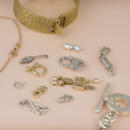
Types of Jewelry Clasps
… by ancient Egyptians and is the oldest known clasp style. This type of clasp was often made from softer metals like gold or copper and used to fasten necklaces and bracelets. The hook-and-eye clasp was also used by the Greeks and Romans … by virtue of the strength of the wire to hold its curved shape alone. S hooks usually work best in higher karat gold (21k and higher) because they are more malleable and don’t get brittle over time as easily. Unsurprisingly, one common …
-
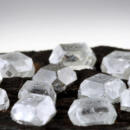
Is a Lab Grown Diamond Right for Me?
… undertaking, and we want to get it right. Unfortunately, understanding diamonds takes a lot of specialized knowledge that most people don’t have (anyone remember their refractive indexes from high school physics?). Even more … Balance , our own collection of unique engagement rings made exclusively with lab
-
The Birthstones
…, Garnet. Garnet’s pizzazz energizes the gloomiest day. Garnet varieties brighten the world in colors of yellow to gold, bright orange to true orange, brown to cinnamon, pinks to greens, and of course many shades of red. Garnets are given…gem of the sun”. It was believed that peridot could chase away evil spirits and dissolve curses but only when set in gold. Care should be taken to protect peridot from scratches, sharp blows, household chemicals and extreme temperature …
-
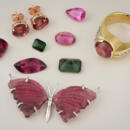
Gem in the Spotlight: Tourmaline
… tourmaline’s color actually comes from vanadium. Watermelon: This variant of tourmaline has a pink center and green edges that resembles a watermelon. Crystals of this type are often cut in slices to display this unique property. One of … the power to grant enlightenment, give power over spiritual affairs, reconcile opposites, and change base metals to gold. Tourmaline has a special place in our hearts as California natives because it is one of the few gems that are found…
-
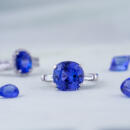
Gem in the Spotlight: Tanzanite
… pieces eventually showcased at the Tanzania National Museum. The Queen of Kilimanjaro tiara contains the largest faceted tanzanite in the world. The tiara also contains 913 diamonds and 803 tsavorite garnets all set in 18 karat white gold. It is owned by former Apple CEO Michael Scott who routinely loans it out for display at museums. Care and Cleaning of Tanzanite While tanzanite is stable and won’t be harmed under normal conditions the low hardness and poor to fair …
-
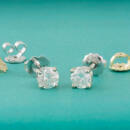
Styles of Earring Backs
…earrings and are looking for alternatives. Or maybe you are simply interested in expanding your general jewelry knowledge. Keep reading; we have your answers. Friction Backs (Butterfly Backs) Also called “butterfly backs,” and sometimes “… Irritant – If used with costume jewelry made of non-precious metals, it may cause irritation to sensitive skin. Gold options found on more valuable jewelry do not typically have this problem. Lever Backs (European Backs) Lever backs, …
-
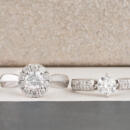
Anatomy of a Ring
… help you know when your ring may need maintenance. It’s also a fun way to impress your friends with your vast knowledge of jewelry terms. Shank Every ring has a shank. This is the technical term for the band of metal that encircles the … never know it was sized looking at the shank with your naked eye. Over time, the shank can wear thin—yes, even gold and platinum can wear away. In such cases a jeweler can “re-shank” the ring by replacing the metal at the bottom of the …
-

How Are Lab Grown Diamonds Made?
The dream of making a beautiful and valuable diamond from simple carbon has long captivated the imagination of scientists and visionaries alike. Just like the alchemists of old who sought to turn lead into gold, many have tried to achieve this impressive feat. We have only recently been able to produce gem quality, lab grown diamonds that are large enough to be used in jewelry. But, how is it done? Early Efforts Throughout history, many …
-
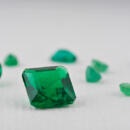
Gem in the Spotlight: Emerald
… is a famous 37.8 carat emerald known for its clarity and rich green color. It was donated to the Smithsonian by Mr. and Mrs. O. Roy Chalk in 1972 and can be seen on display at the National Museum of Natural History in a platinum and gold ring surrounded by 60 pear-shaped diamonds. According to workers at the Muzo mine in Columbia, it is one of the finest green emeralds ever discovered Care and Cleaning of Emerald Like all precious gemstones, emeralds require proper …